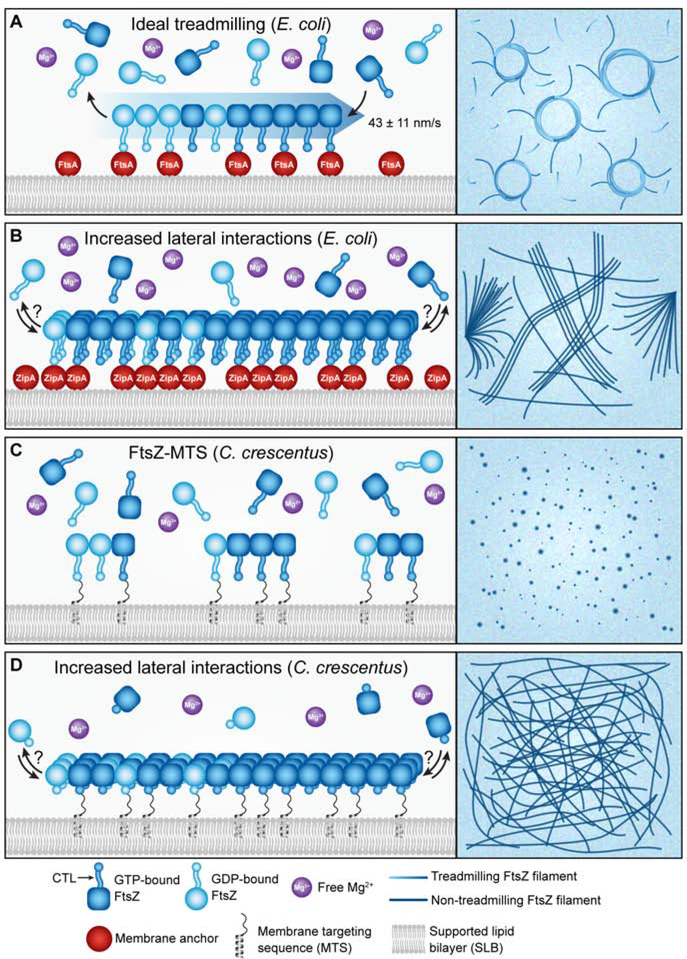Figure 2: FtsZ treadmilling on SLBs depends on membrane association, GTPase activity, and proper lateral interactions.
Model for polymer behavior (left) and representative experimental view (right) of each scenario are represented. A. Treadmilling of E. coli FtsZ (blue gradient arrow and lines) occurs on SLBs when FtsZ can bind (dark blue) and hydrolyze (light blue) GTP and the local concentration of FtsZ at the membrane, facilitated by a membrane anchor (red spheres) or a membrane targeting sequence (not shown), is sufficient to allow for both polymerization and depolymerization. Treadmilling FtsZ is typically observed in either single clusters or chiral swirls, from each of which treadmilling rates can be determined. B. E. coli FtsZ forms asters or bundles/mesh-like structures under conditions of high E. coli ZipA or high free Mg2+ concentrations, respectively. Treadmilling has not been observed under these conditions, although polymers are still dynamic. C. C. crescentus FtsZ fused to a membrane targeting sequence (FtsZ-MTS) forms small dynamic clusters that do not appear to move by treadmilling under conditions tested thus far. D. C. crescentus FtsZ lacking its C-terminal linker (ΔCTL-MTS) forms stable, mesh-like structures that are more stable compared to WT.

